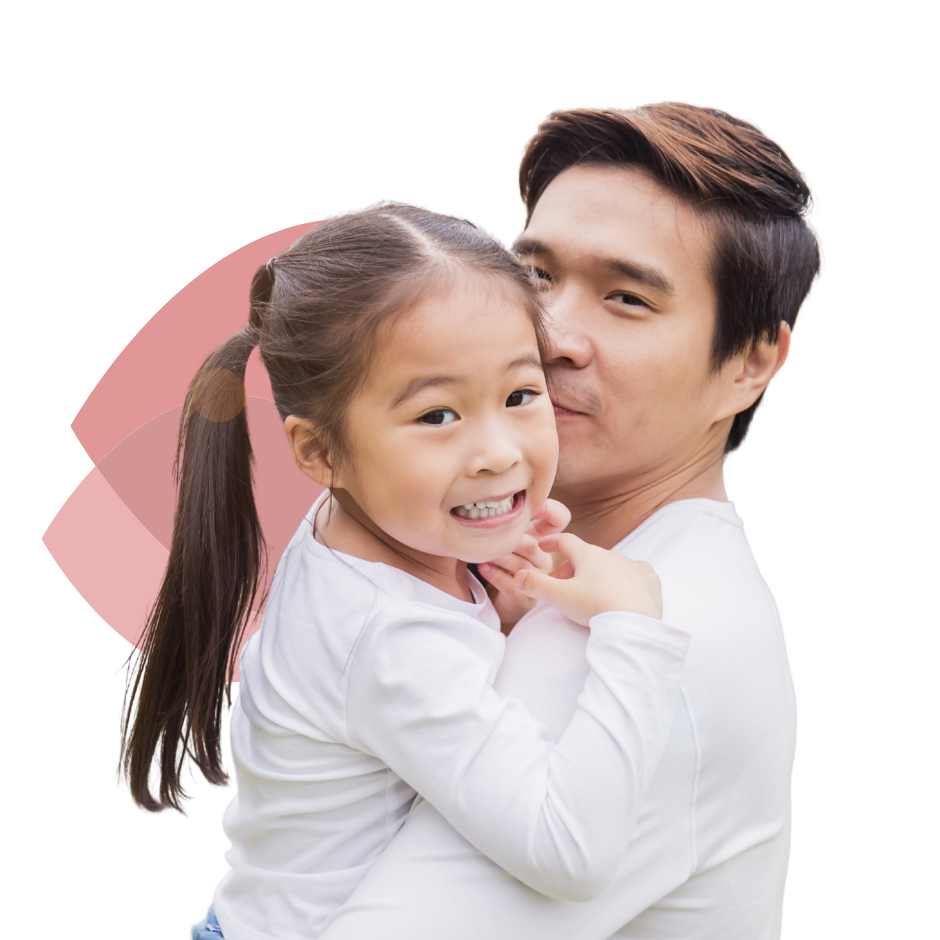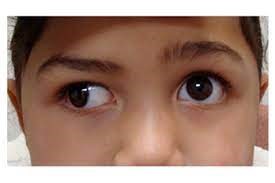View Images
How common are squint eyes in Malaysia?
It may run in families. It occurs in 2 – 5% of all children. The most common squint seen is Intermittent Exotropia where the eye is seen drifting outward when a child is sick, tired or daydreaming.
In adults, a squint can develop later in life. This may be caused by medical conditions, such as stroke, diabetes, thyroid disease, head trauma or other neurological diseases.
View Images
What are the symptoms to know that someone has squint eyes?
We can see the eye deviates. This can happen ALL the time in case of constant squint or occasionally in case of intermittent squint.
What causes squint eyes in adults or kids?
There are many causes depending on the type of squint.
-
Most cases of strabismus are of unknown cause.
-
It may be caused by unequal pulling of muscles of one side of the eye or paralysis of the eye muscles. A child can be born with a squint.Noted eye is misaligned at the very early age as early as after birth to 4 months
-
Underlying refractive errors.
-
Farsightedness (hyperopia) may cause the eyes to turn inwards.
-
High accommodation amplitudes.
View Images
Accommodation is a process when the eyes are focusing on a near object. Accommodation involves convergence (both eyes moved inward), the lens becomes thicker to focus on near objects, and the pupil will constrict. The child will have an inward squint when looking at near objects/ toys
-
Underlying systemic disorder
-
Strabismus is especially common among children with disorders of the brain such as Cerebral Palsy, Down syndrome, hydrocephalus and brain tumours.
What are some of the tests conducted to identify squint eyes?
View Images
If your baby has a squint, please send them for a comprehensive eye examination.
We will see how good their visual acuity is, or if there is any unknown/undiagnosed refractive error that leads to poor vision.
Ophthalmologists will assess the degree of squint and examine the retina for any retinal diseases that could give rise to squint.
‘We do not want to miss any retinal cancer “ retinoblastoma” that can present with childhood squint because this is a life-threatening condition.
Does squint eye become more aggravated with age?
Some squints become better as children grow older as they learn to control them.
Some squint can get worse as the ability to focus near is lost, the squint will appear
What are the effects of having squint eyes?
If the squint occurs early in life –
-
a child may have trouble in developing stereopsis/ 3 d vision. Remember if you don’t correct this early , this effect can be permanent
-
lazy eye / amblyopia – as a result of squint.
Studies show school children with significant strabismus have self-image problems.
If the alignment is not corrected at an early stage, the brain will receive a blurry image and the effect will be permanent. Strabismus may cause reduced vision in the affected eye due to amblyopia (lazy eye). If it is not treated early enough (before the child is 8 years old), vision of the affected eye will be permanently reduced. The earlier the treatment for amblyopia is instituted, the better the prognosis.
If squint happen in adulthood ( Acquired squint):
-
One can have double vision ( diplopia ) which can be troublesome
-
Psychological - if your eyes are misaligned , you may appear weird and become the subject of jokes and body shame. As a child this may affect your self esteem while growing up.
Can squint eyes be corrected in both adults and kids?
Squint can be managed in both adults and kids. Squint surgery can be done as early as 6 months of a child being born.
How can squint eyes be managed?
After squint diagnosis is made, eye glasses may be required to correct refractive errors like far-sightedness (hyperopia).
In children who develop amblyopia in the eye due to squint, patching the ‘good eye’ may help to improve the vision in the squinting eye. This may not be successful if treatment is delayed. Treatment needs to be started in the first few years of life while the visual system is developing.
View Images

Pic: correction of farsightedness may correct squint
Previous
Next
What is squint surgery?
Surgery can correct squints and is usually an effective treatment for squint. Squint surgery is indicated when the eye shows constant misalignment, the squint is very obvious, to correct troublesome double vision or when the binocular function starts to show loss of 3-D.
During the surgery, certain muscles are repositioned. After surgery, children are usually able to resume normal activities within a few days. Injection of the eye muscles with Botox injection may be helpful in correcting the squint in some cases, but it is only a temporary measure.
Does it matter if the squint is not treated?
-
Yes.
-
Your child will NOT grow out of the squint
-
Sight will get worse in the affected eye
-
Your child may be teased about their appearance
-
Your child may be precluded from some jobs later if they have a lazy eye
View Images
Meet our specialist
Dr Norazah Abdul Rahman
Designation
Consultant Ophthalmologist, Paediatric Ophthalmologist and Strabismus Surgeon
Specialty
Ophthalmology,
Paediatrics Ophthalmology & Strabismus Surgery











